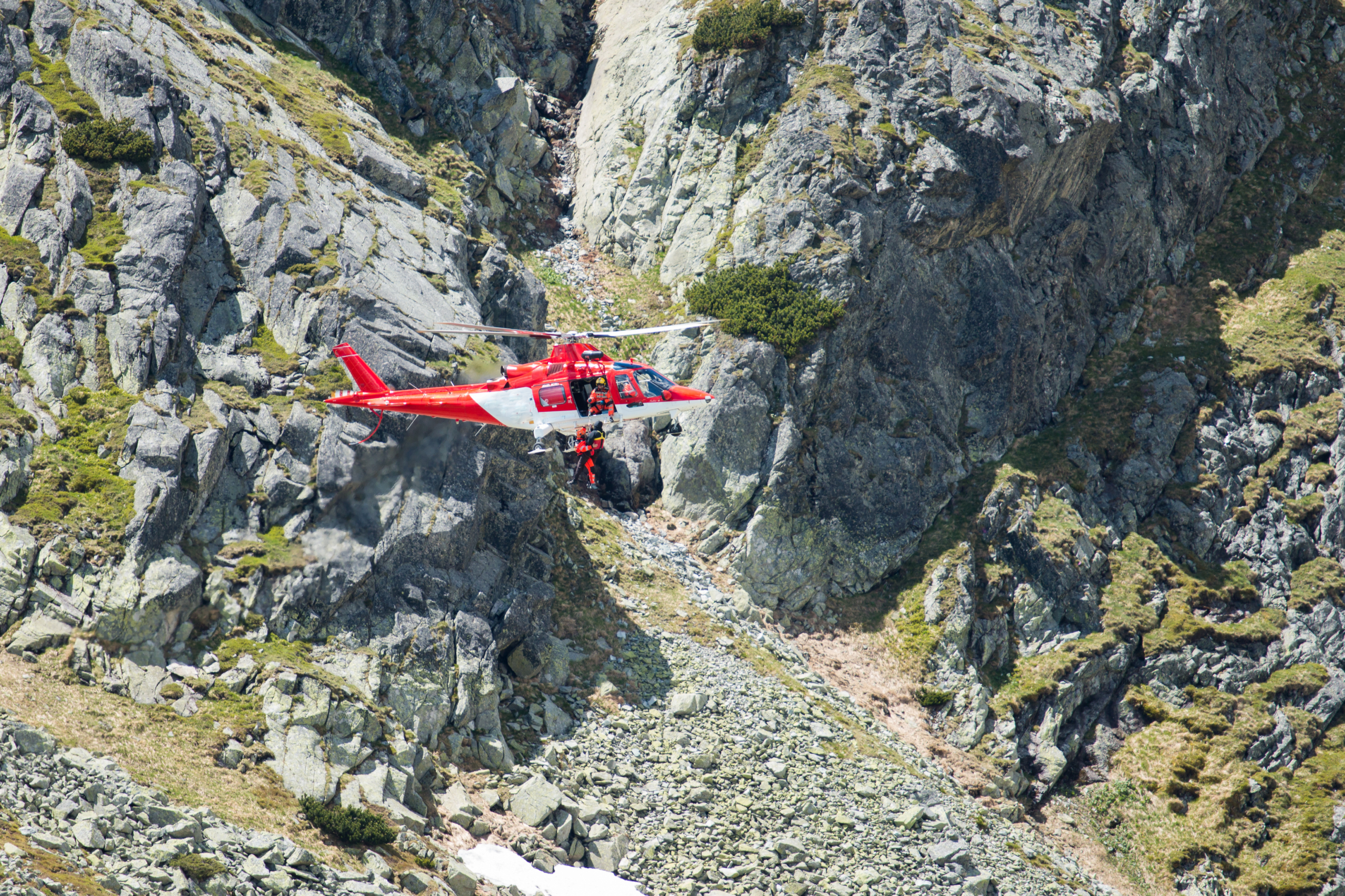Rescue Preparation & Safety

Help rescuers help you.
If you spend enough time in the outdoors, you may eventually find yourself in a situation where you need assistance from rescue personnel. Even professionals and self-appointed experts have had their share of mishaps in the outdoors, and knowing when to call for help and what to do can be critical. While we cannot predict everything that may happen, we should all be prepared for the worst when we head out, just in case!
Before you go…
Know your limitations and experience.
Choosing an activity that aligns with your level is critical in the planning stage of your adventure. Even if a group of friends is telling you that you will be fine to tag along with them, stick with your comfortability to avoid putting yourself in danger.
Tell someone where you are going.
Be specific, and don’t change your plans. Search and rescue professionals get most of their calls from friends and family with little to no information on where their lost or endangered loved one might be. “We think…” is difficult for rescue professionals to go off of.
Check the weather.
California isn’t always clear skies and sunshine. Winter conditions in some parts of the state can catch many off guard. It is always better to reschedule or postpone than be caught in a storm!
Dress in bright colors.
Outdoor gear is pleasantly designed to blend in with nature, but naturally colored clothing makes search and rescue efforts extremely difficult. California Highway Patrol recommends carrying a fluorescent orange towel or flag for emergencies, as this unnatural color stands out when looking for someone from the air.
Do not over-rely on your phone.
If your phone is the only thing keeping you on your path, it is important to conserve your battery and have a back-up plan in case your phone breaks or the battery dies. Turn down the brightness on your screen, use your phone only when necessary, and carry a solar charger for when your battery gets low. Many people call for help right as their battery is dying, making communication during rescue efforts difficult.
Carry a 10+ Essentials Kit.
Read our post here about the essentials everyone should have in their outdoor pack.
Consider a satellite-based SOS device.
If you spend a great deal of time in the outdoors away from services, a satellite GPS device is worth the investment. Cell phones provide a general area that someone is in while satellite devices offer a more precise location.
Once you realize you need assistance…
Get to open space.
If you are able to move safely, it is best to get to an open space before calling for help. This will allow the helicopter to land easier and get you to safety quickly. From the ground, you may feel like you are completely visible, but from the air even being in a shadow can make it difficult for rescue personnel to see you.
Call as soon as possible.
Rescue efforts can take several hours, and are always made longer by nightfall. The sooner you call for help, the better. Air rescues at night are difficult because search teams use heat sensors to find people and in some places like the Sierra Nevadas, the granite rock retains heat from the day, making finding rescuees even more difficult.
Do not move after calling for help.
Moving after calling for help will make the search process more difficult. Emergency personnel have already tracked your location at the time of your call, and moving after they are on their way will make it difficult for them to find you.








